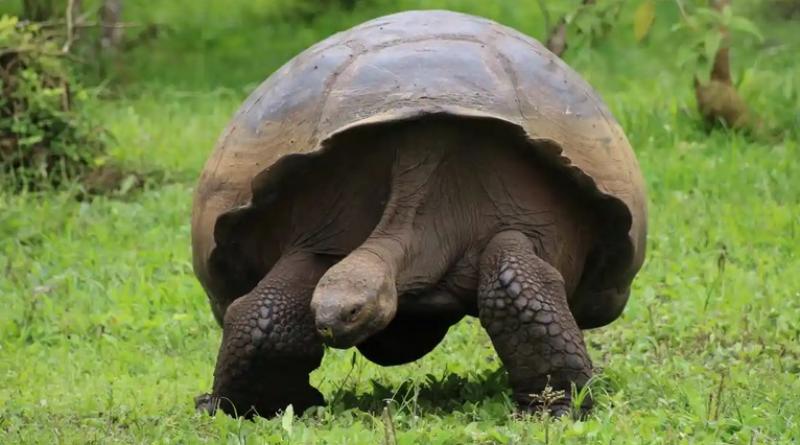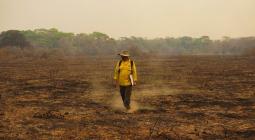Give legal rights to animals, trees and rivers, say experts

Report for Law Society says framework is essential for future interactions with the environment and biotechnology
Granting legal rights and protections to non-human entities such as animals, trees and rivers is essential if countries are to tackle climate breakdown and biodiversity loss, experts have said.
The authors of a report titled Law in the Emerging Bio Age say legal frameworks have a key part to play in governing human interactions with the environment and biotechnology.
Ecuador and Bolivia have already enshrined rights for the natural world, while there is a campaign to make ecocide a prosecutable offence at the international criminal court. The report for the Law Society, the professional body for solicitors in England and Wales, explores how the relationship between humans and mother earth might be recalibrated in the future.
Dr Wendy Schultz, a futurist and report co-author, said: “There is a growing understanding that something very different has to be done if our children are going to have a planet to live on that is in any way pleasant, much less survivable, so this is an expanding trend. Is it happening as fast as any of us would want? Possibly not, which is why it’s important to get the word out.”
Her co-author, Dr Trish O’Flynn, an interdisciplinary researcher who was previously the national lead for civil contingencies at the Local Government Association, said legal frameworks should be “fit for a more than human future” and developments such as genetic modification or engineering. This means covering everything from labradors to lab-grown brain tissue, rivers to robots.
“We sometimes see ourselves as outside nature, that nature is something that we can manipulate,” said O’Flynn. “But actually we are of nature, we are in nature, we are just another species. We happen to be at the top of the evolutionary tree in some ways, if you look at it in that linear kind of way, but actually the global ecosystem is much more powerful than we are. And I think that’s beginning to come through in the way that we think about it.
“An example of a right might be evolutionary development, where a species and individual … is allowed to reach its full cognitive, emotional, social potential.”
Such a right could apply to sows in intensive pig farming, calves taken away from their mothers and even pets, said O’Flynn, adding: “I say that as a dog lover. We do constrain their behaviour to suit us.”
Developments in biotechnology also pose questions about the ethics of bringing back species from extinction or eradicating existing ones. Scientists are exploring reintroducing woolly mammoths and there has been discussion of wiping out mosquitoes, which carry malaria and other diseases.
“We aren’t wise enough to manage all of these capabilities and to manage the ripple effects of decisions we make about our relationship with the living environment,” said Schultz. “Part of the issue is embedding some sort of framework for accountability and responsibility for the consequences of these things we do, and that’s where law comes in.”
The authors acknowledge potential resistance from very different traditions and beliefs in some western countries, compared with Ecuador and Bolivia, where rights to nature were granted under socialist governments and influenced by Indigenous beliefs (as was the 2019 ban on climbing Uluru in Australia).
“Granting something that is culturally numinous rights just so you can preserve it gets us to a kind of valuation that, among other things, is a cultural shift away from the Judeo-Christian great chain of being – dominion over nature,” said Schultz. “This is reconfiguring it to place us where we have always been and where we should be thinking of ourselves as belonging, as just a node in this greater web of life on the planet.”
“If that worldview can be enshrined in law, essentially granting personhood rights to the spirit of the river, the spirit of the trees or the spirit of the elephant, you’re talking about enshrining a kind of neo-pantheism into 21st-century legal frameworks.”




